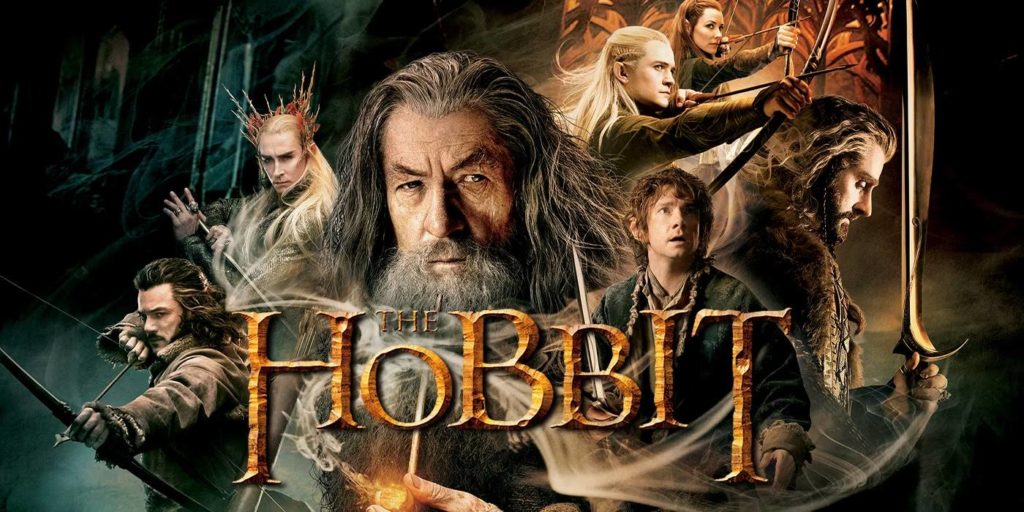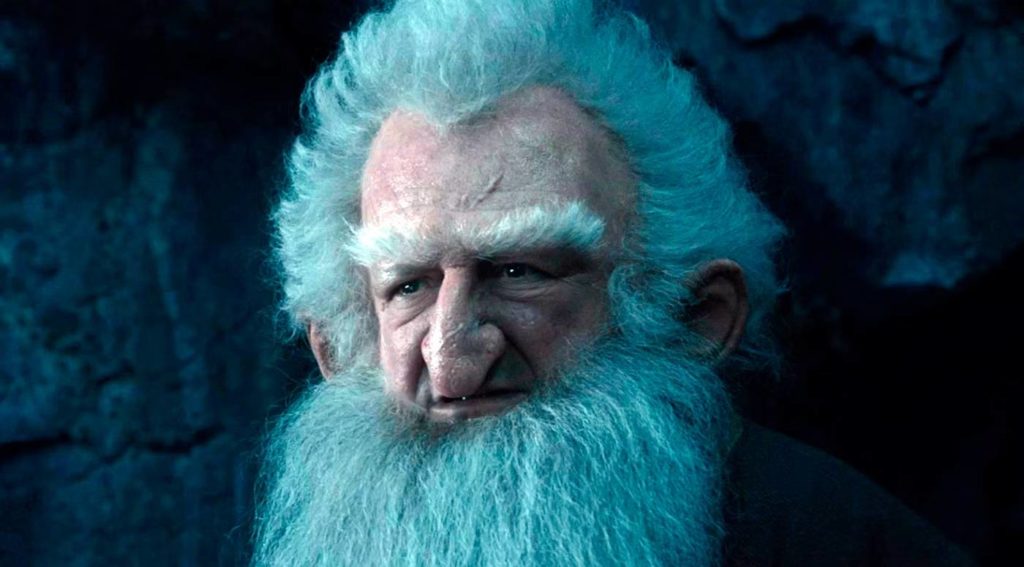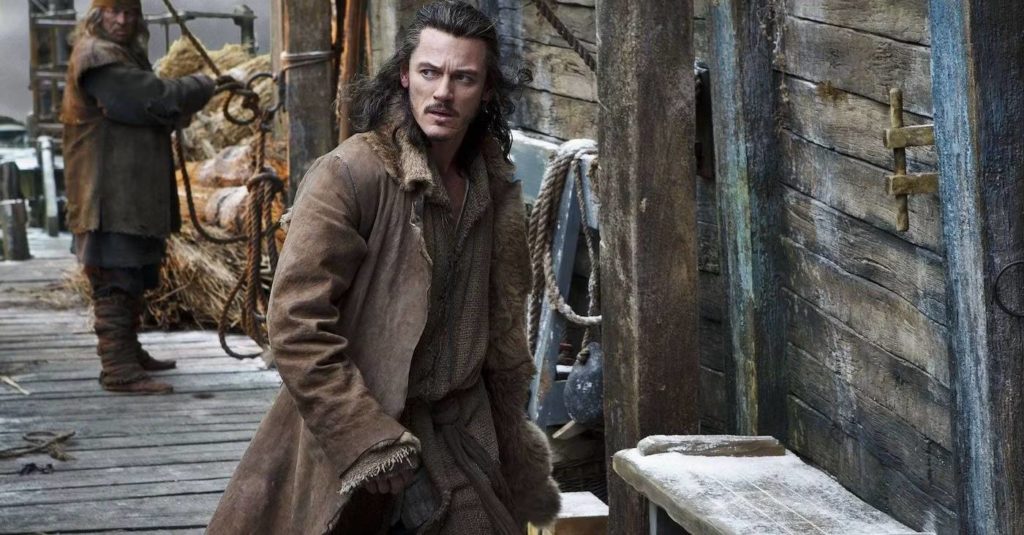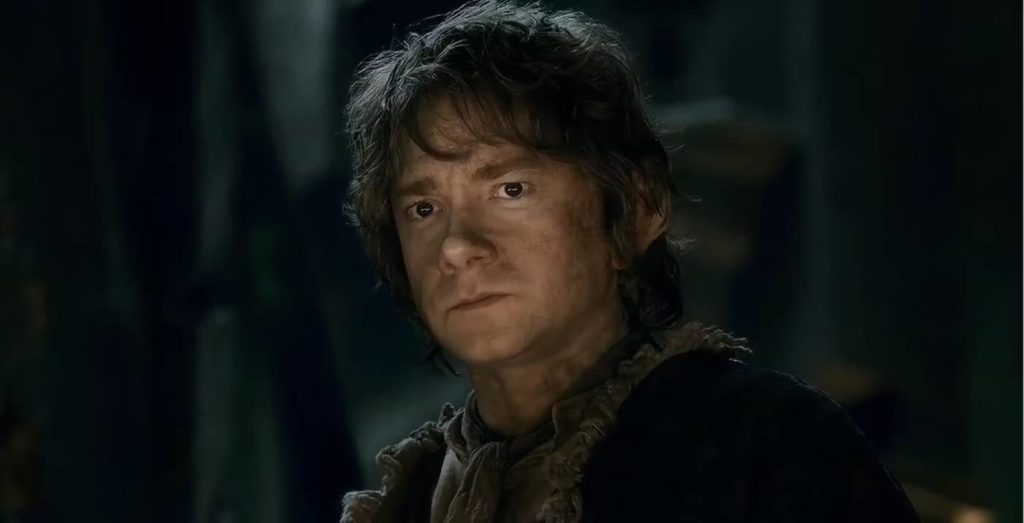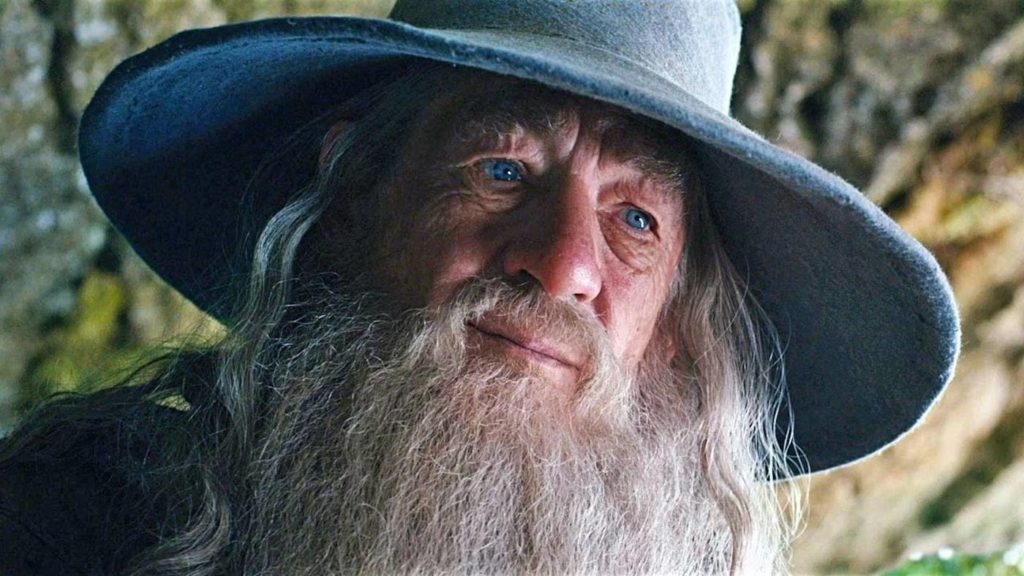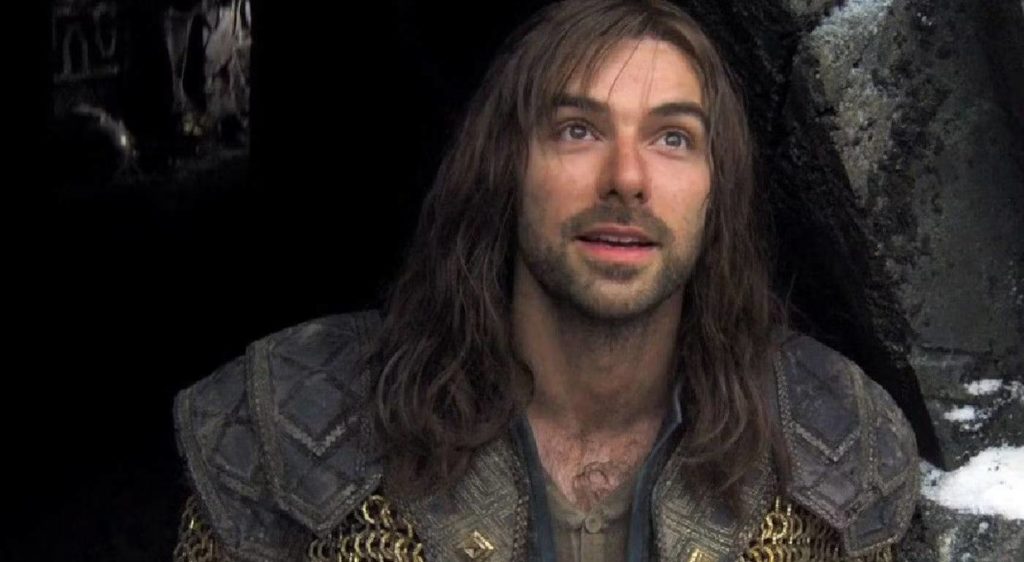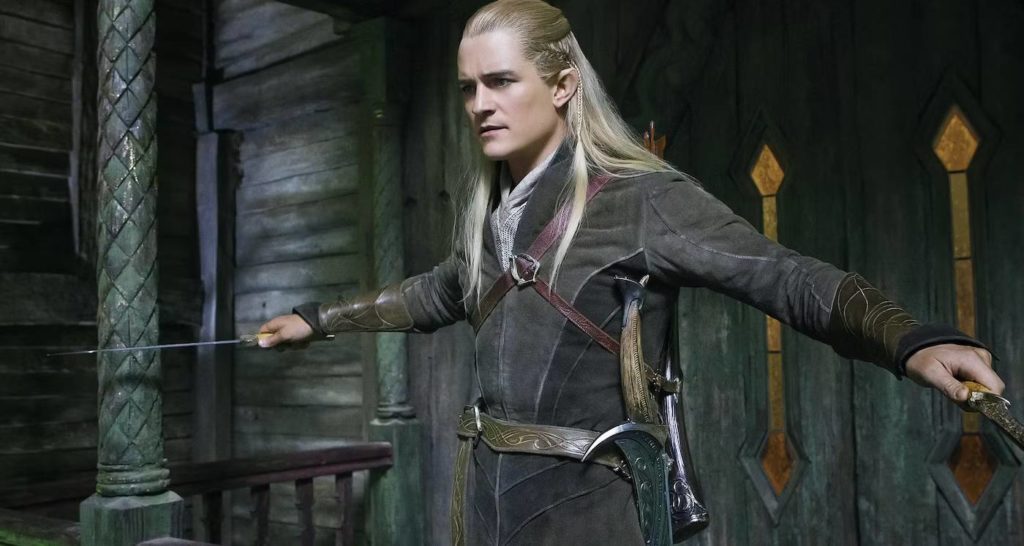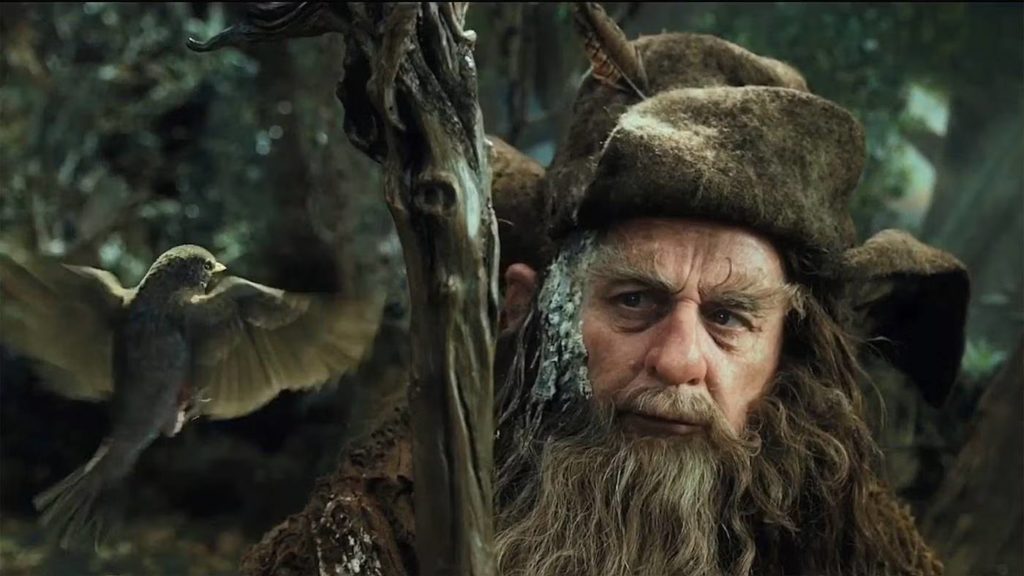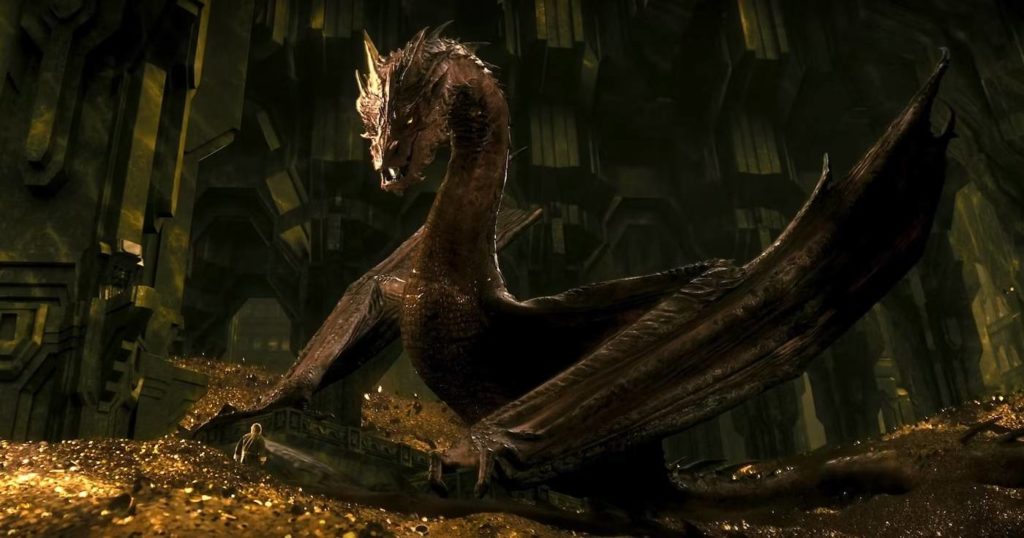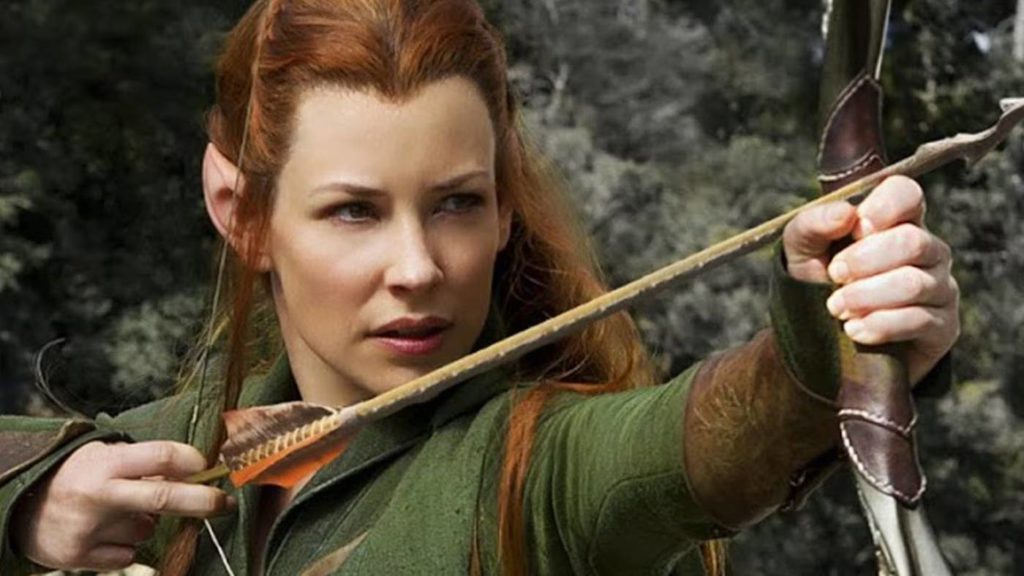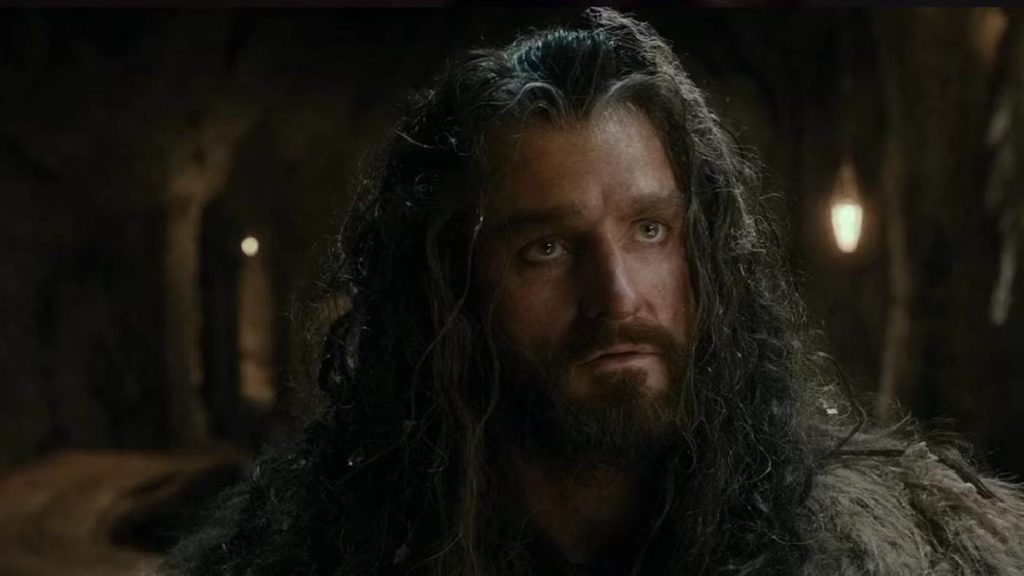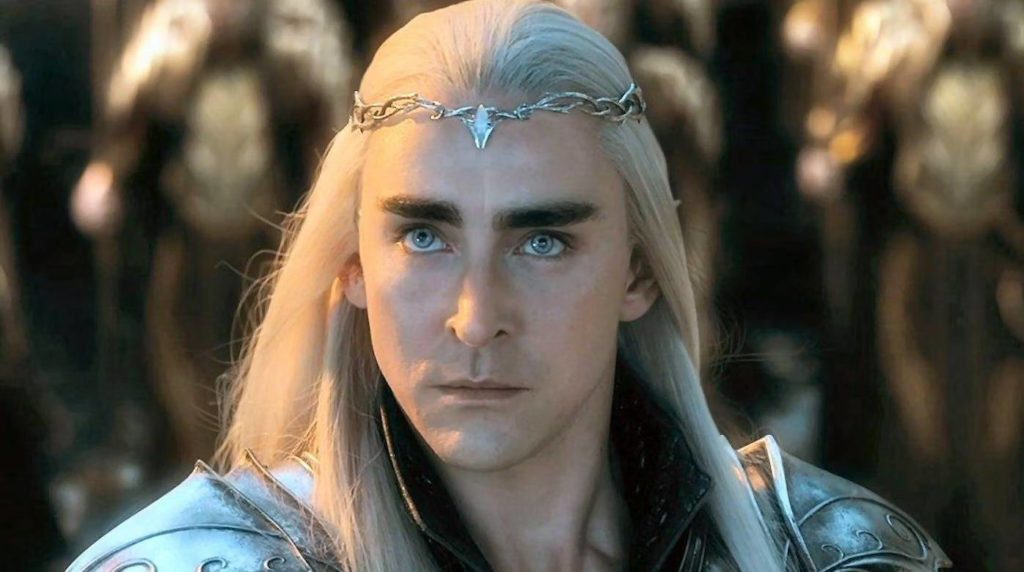J.R.R. Tolkien never intended for The Hobbit to be a part of his canon of legends. It was related, without a doubt; Elrond Half-elven was taken from the Silmarillion, which was still unpublished at the time, and a few tidbits from the lengthy history of Middle Earth were hinted at. Nevertheless, it was a children’s novel that endured until Tolkien met his publisher’s expectations for a sequel. The writing of The Lord of the Rings forced revisions to The Hobbit’s text to more fully integrate it into Tolkien’s cycle of stories, turning it into a crucial component. Due to the timing of Hollywood, Rings was released on film before The Hobbit. Because of Rings’ enormous success, extra alterations had to be made when The Hobbit was finally adapted for the big screen. It was no longer a largely standalone children’s tale; instead, it needed to be a precursor to a fantastic trilogy, prepared to deliver similar thrills and set pieces to what came before.
The reaction and outcomes were uneven, but the cast for The Hobbit movies was just as spectacular as that for The Lord of the Rings. Over the course of Peter Jackson’s prequel trilogy, Middle Earth saw a mix of familiar and unfamiliar people. So here is a quick rundown of the main characters for those unfamiliar with the trilogy:
Balin (Ken Stott)
Not just Thorin lost his status as a comical character on the journey to the big screen. The entire band of dwarves is depicted in the novel as somewhat silly and in desperate need of Bilbo’s surprising wisdom and counsel. Balin has a more advanced understanding of the hobbit’s gift than the majority of the other dwarves and is one of the few dwarves—outside of Thorin—to have some screen time, thus it seems sense that he received one of the more significant role extensions for the movies. Balin, as portrayed by Ken Stott, is the oldest of the dwarves, Thorin’s right-hand man, and a benevolent, grandfatherly figure in the group. Stott has roles in the 2004 films King Arthur and The Chronicles of Narnia: Prince Caspian, so The Hobbit wasn’t his first foray into fantasy or action. However, the actor is arguably best recognised for playing DI John Rebus in the ITV series Rebus.
Bard (Luke Evans)
Since Bard doesn’t do much more than show up to slay the dragon and restore the destroyed Lake-town in the book, he was given a completely new feeling of significance in the movie. However, several characters in The Hobbit were changed and expanded from the page to the screen. The Bard’s constant voice of reason makes him adversaries with Thorin and some of his own people, and the Bard plays a crucial role in the dwarves’ invasion into Lake-town. Additionally, he has grown into a family guy, giving Laketown a more human quality. After performing a similarly powerful performance as Dracula in Dracula Untold, Luke Evans would go on to play Gaston in the live-action rendition of Beauty and the Beast.
Bilbo Baggins (Martin Freeman and Ian Holm)
The title’s hobbit is Bilbo, Frodo Baggins’ “uncle” (technically, first and second cousins, once removed) from The Lord of the Rings. Middle-aged Hobbiton resident Bilbo is living a peaceful, domesticated life when wizard Gandalf upends everything by forcing him to play the role of thief in a dwarf quest. Despite being fussy, timid, and untrained in the ways of battle and survival, Bilbo harbours a profound desire for adventure and unearths within him sources of wit, cunning, and mercy that enable him to play a crucial role in the mission’s success. Martin Freeman, who played Watson in Sherlock and the British version of The Office, adds his enormous comic appeal to the role for the most of the trilogy. At the start of the first movie and the end of the third, the late actor Ian Holm makes a brief appearance as an elderly Bilbo, connecting the three movies to The Fellowship of the Ring’s opening sequences.
Gandalf the Grey (Sir Ian McKellen)
His previous name in the West, which has now been lost, was Olórin. To the Men of the North, he is known as Gandalf; to the Elves, Mithrandir; to the Dwarves, Tharkûn; to the Men of the South, Incánus; to the East he does not travel. The involvement of the grey pilgrim in the dwarves’ quest is part of a broader plan to mobilise the Middle Earth’s races against Sauron’s wickedness, making him the most visible of the five wizards. The most irritable of the wizards, Gandalf is also the most human; he is full of compassion and kindness for all the people he fights to defend. At the age of 71 when filming started, Sir Ian McKellen cheerfully took on another demanding shooting schedule to reprise his role as Gandalf from The Lord of the Rings. McKellen, who is now in his 80s, recently made appearances in Cats on the big screen and as an elderly Prince Hamlet at the Theatre Royal, Windsor.
Kili (Aidan Turner)
The boys of his sister, Fili and Kili, are Thorin’s heirs as he is childless and without a wife. Both characters in the book share the same blue cloaks, yellow beard, and acute vision. They are portrayed as a like-minded pair in the movie An Unexpected Journey even though they don’t look alike in real life. But in the last two movies, Kili develops feelings for Tauriel, the elf, and she does the same for him. This was one of the reasons why actor Aidan Turner’s dwarf make-up was less pronounced than the others; a more drastic makeover may have obscured Turner’s attractiveness and detracted from the romance. Turner is renowned for producing one of television’s most swoon-worthy performances as Ross Poldark in the BBC series Poldark.
Legolas (Orlando Bloom)
In The Hobbit book, Thranduil is only ever referred to as Elvenking; he isn’t given a name until The Fellowship of the Ring, when his son Legolas—who isn’t named in The Hobbit—appears before the Council of Elrond. The only other member of the fellowship who could conceivably have a significant role in the Hobbit films is Legolas, whose amazing martial feats as a member of the fellowship made him a fan favourite of the Lord of the Rings films. With additional time to explore his attraction to Tauriel and his tense relationship with Thranduil, Orlando Bloom was re-embedded in the stunt harness. Although I can only image that it must have been a little uncomfortable acting in father-son sequences with a “father” Bloom’s age ahead. In addition, Bloom starred in the Pirates of the Caribbean series and most recently in the Carnival Row series on Amazon Prime Video.
Radagast the Brown (Sylvester McCoy)
One of the five wizards, Radagast, is only briefly addressed in the book and then briefly appears in The Fellowship of the Ring as Saruman’s naive pawn before disappearing from the narrative. In the movies, Radagast didn’t appear for Rings but was a significant character in all three Hobbit movies as a fidgety, fumbling, but foresighted hero who Saruman kept underestimating. The seventh Doctor, played by comedian Sylvester McCoy, has a great eccentricity to him.
Smaug (Benedict Cumberbatch)
No quest, no Hobbit, and no Rings of Power would exist. The most powerful dragon of his time, Smaug, refrained from entering Erebor from the North and stealing the Dwarf realm from Thorin’s family. The fire-drake used the dwarves’ enormous treasure to build his nest inside the mountain halls, where he kept it. Smaug is so enraged at Bilbo’s success in infiltrating his horde that he rushes off to exact revenge on the Lake-town, which he assumes assisted in the robbery, and there meets his demise. The fight scene between Bilbo and Smaug, which stars Benedict Cumberbatch opposing Martin Freeman, is one of the best scenes in the second Hobbit movie. Even the best actor cannot quite match the proportions of a dragon the size of two jumbo jets, as Andy Serkis did before him. Cumberbatch performed motion capture for his Middle Earth persona. This month, Cumberbatch will be reprising his Dr. Strange character in Spider-Man: No Way Home.
Tauriel (Evangeline Lily)
There is no mention of Tauriel in the book or any of Tolkien’s other works. She was made to provide a strong female character for The Hobbit movies. Tauriel, the captain of Mirkwood’s border guard, is a courageous and skilled warrior who is also youthful for an elf (just 600 years old). Legolas’s father is annoyed by his attraction to her, and he isn’t made any happy by Tauriel’s unfulfilled romance with a dwarf. Unfortunately, Tauriel herself does not find happiness at the end of the trilogy. Evangeline Lily, who played her, rose to fame thanks to the television show Lost. Lily requested expressly that there be no issues for her role in The Hobbit because she was a member of the notorious love triangle in that production. That dream came true—up to pick-up filming after the switch from two to three films.
Thorin Oakenshield (Richard Armitage)
While the thirteen dwarves who embark on the quest may have the broader defence of Middle Earth in mind, they also want to restore their wealth and their home country. By right, Thorin Oakenshield, the dragon Smaug’s replacement as King of Durin’s Folk in Erebor, is in charge of them. Thorin burns with nostalgia for the mountain that was once theirs, despite having guided his exiled people toward a dignified existence. In the movies, Richard Armitage’s portrayal of Thorin, who was portrayed as being haughty, abrupt, and somewhat comedic in the novel, transformed him into a figure who is much more sombre. Armitage’s performances in Sparkhouse and the 2006 BBC series Robin Hood helped him establish himself in British film and television before The Hobbit garnered him fame on a global scale.
Thranduil (Lee Pace)
The Wood-elves of Mirkwood were made far less endearing in order to make the dwarves appear nobler in the movies. Even if they impede the quest in the book, elves are still considered “Good People” by Tolkien. Although they have a long-standing rivalry, the dwarfs are mistrusted by their king Thranduil, who also comes across as a more sensible monarch than Thorin. The Thranduil of the movies is a much colder and more dubious character who deserves Thorin’s contempt for failing to help the dwarves when Smaug first arrived. The Hobbit was a favourite book of actor Lee Pace’s growing up, and he made an effort to create a respectful, well-rounded rendition. With Apple TV’s Foundation, Pace entered the sci-fi genre this year.

